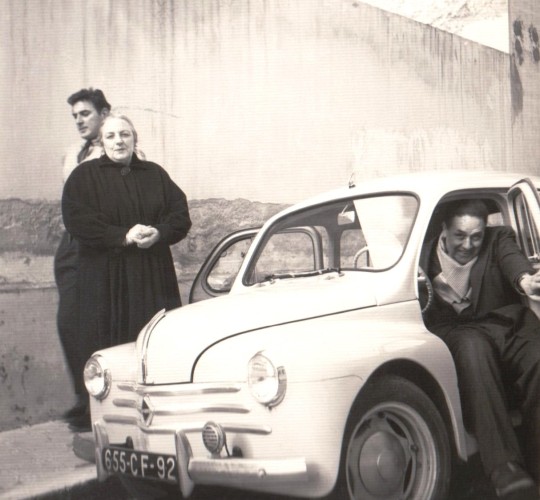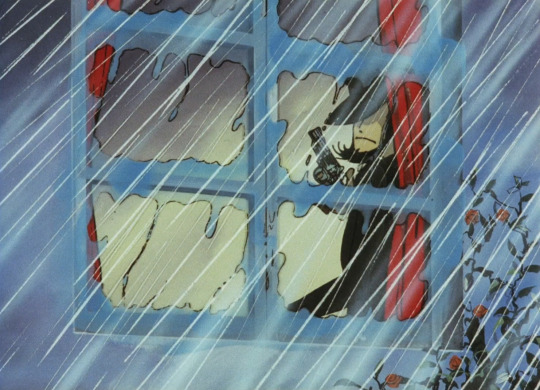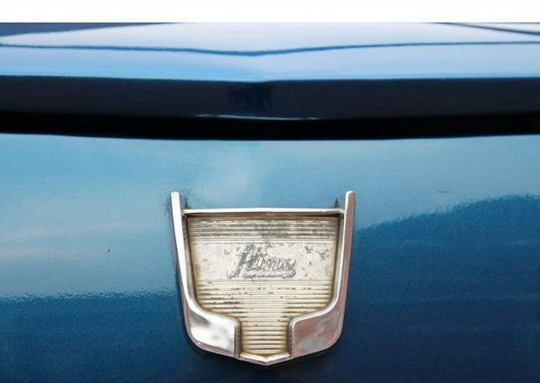#4CV
Text








1954 Renault 4CV
My tumblr-blogs:
www.tumblr.com/germancarssince1946 & www.tumblr.com/frenchcarssince1946 & www.tumblr.com/englishcarssince1946 & www.tumblr.com/italiancarssince1946 & www.tumblr.com/japanesecarssince1947 & www.tumblr.com/uscarssince1935
20 notes
·
View notes
Text




Je reprends ma série de vieilles photos. Ici les vieilles voitures, qui ne l'étaient pas à l'époque !
Une 2CV - Mostaganem, 1955. Mon oncle et ma tante
une traction avant Citroën - Bussières (Auvergne), 1938. A gauche, mon grand-père maternel CORRECTION : merci à @tsakkiemgbgt qui me précise que c'est en fait une Citroën Rosalie !
idem (je pense ) - Oran, 1951 - Mon père au volant
Une 4CV (je pense) - Mostaganem, 1956. Ma grand-mère et mon grand-père paternel.
#vintage#noir et blanc#famille#voiture#voiture ancienne#2CV#deudeuche#4CV#4 CV#2 CV#citroën#traction avant#algérie#mostaganem#oran#auvergne#bussières
17 notes
·
View notes
Text





Autobleu 4CV Coupé, 1953, by Ghia. Autobleu were a supplier of engine parts to Renault. The coupé based on Renault's rear-engined 4CV was designed at Ghia and presented at the 1953 Paris Motor Show. Renault agreed to allow the Autobleu coupé to be sold through their sales channels with early cars being built by French coachbuilder Pourtout. Quality issues saw production moved to Henri Chapron. In total about 80 cars we built and sold for 2.5 times to price of a regular 4CV, France's best selling car at the time. Production ended in 1956. It is thought that around 10 cars have survived to the present day
#Autobleu#Autobleu 4CV Coupé#Renault#Renault 4CV#rear engine#Ghia#coachbuilt#Chapron#Henri Chapron#1953#1950s style#dead brands
384 notes
·
View notes
Photo










Renault 4CV 750 Sport Motto (1 of 3).
Note: So sorry! There is no information available about this model. I keep investigating...
112 notes
·
View notes
Text











CARS IN MOVIES
↳La Vérité (1960)
Réalisation : Henri-Georges Clouzot
Directeur de la photographie : Armand Thirard
#cars in movies#carspotting#car spotting#la vérité#black and white#french side of tumblr#filmedit#cinephile#70s#80s#film#film photography#Henri Georges Clouzot#Sami Frey#Brigitte Bardot#traction#citroën#citroën 2cv#peugeot#dauphine#streets#simca#renault dauphine#renault 4cv#automobile#cars#voiture#paris france#paris#noir et blanc
3 notes
·
View notes
Text


#green jacket#part 1#s01e06#jigen#something something usually brooding at the rain is reserved for beautiful for women... not hairy hunks like you#car id#renault 4CV#firearm id#smith & wesson 19
10 notes
·
View notes
Text



1953 Hino Renault 4CV
My tumblr-blogs: https://www.tumblr.com/blog/germancarssince1946 & https://www.tumblr.com/blog/frenchcarssince1946 & https://www.tumblr.com/blog/englishcarssince1946 & https://www.tumblr.com/blog/italiancarssince1946 & https://www.tumblr.com/blog/japanesecarssince1947
2 notes
·
View notes
Text











Renault 4CV 1957. - source Soft Tech Motorsport.
59 notes
·
View notes
Text






1946 Renault 4CV
My tumblr-blogs:
www.tumblr.com/germancarssince1946 & www.tumblr.com/frenchcarssince1946 & www.tumblr.com/englishcarssince1946 & www.tumblr.com/italiancarssince1946 & www.tumblr.com/japanesecarssince1947 & www.tumblr.com/uscarssince1935
11 notes
·
View notes
Photo










Hino Contessa 1300 Coupé
The name Hino was taken from the homonymous town in the Tokyo prefecture where the company's headquarters were (and still are). His first steps were to create powerful military vehicles for the Imperial Japanese Army during World War II. Once the greatest war of all time was over, it dedicated itself to the manufacture of diesel engines, trucks and buses. The post-war Japanese automobile industry underwent a major transformation thanks to the numerous agreements that many manufacturers made with car brands in Europe and the United States. Hino was no different. The operations were going from strength to strength, they had already earned an important place in the industry and even theirs was the first trolleybus in the history of Japan. The brand wanted to expand its business by launching into the world of passenger cars. Already under the name of Hino Motors, it signed a collaboration agreement with Renault in February 1953 and two months later they began to manufacture the Renault 4CV (also called Renault 4/4) under license. In Japan it was marketed as the Hino PA and some 35,000 units were sold in the 10 years it was in production. The French brand ceased production of the Renault 4CV in 1961, so Hino set out to take another step in the automotive world: manufacture its own car. They contacted the prolific Italian designer Giovanni Michelotti, who had worked with brands as relevant as Ferrari, Lancia, Maserati, Alpine or Triumph, to draw the silhouette of the new Japanese car.
The Hino Contessa 900 used the base of the Renault 4CV but at first glance no one could recognize that link due to the charming sedan body designed by the Turin designer. Renault's 35 hp 0.9-litre engine was positioned at the rear and was sufficient to animate the rear axle with the 750 kg that the car weighed. Shortly after, the Hino Contessa 900 Sprint was launched, a coupe version that reduced the weight by 100 kg and had an engine powered by Nardi up to 45 CV. With an attractive design, greater habitability -it offered space for five passengers, one seat more than the 4CV- and the proven reliability of its engine, it was not surprising that the Contessa achieved good sales results. 47,299 units were marketed between 1961 and 1964, a small part of them manufactured beyond the Japanese borders. The great reception in the market of its first car encouraged Hino to develop the second generation. Once again, Michelotti was in charge of its design, who had an overwhelming personality. The front with double optics and no grille was clearly reminiscent of the Chevrolet Corvair while the general lines were similar to other models designed by Michelotti such as the Triumph 2000. The Italian designer had been inspired by the English and American cars for this Japanese model with a French engine. Long live globalization! The Hino Contessa 1300 was bigger and heavier than its predecessor, but also more powerful by using a 1.3-liter 55 hp engine from the Renault 8. It began its commercial journey in 1964 and a few months later the sports version with bodywork arrived. two-door, the Contessa 1300 Coupé with 65 CV. The second generation of the Contessa was exported to several countries around the world, being manufactured in Japan, Israel and New Zealand.
81 notes
·
View notes








